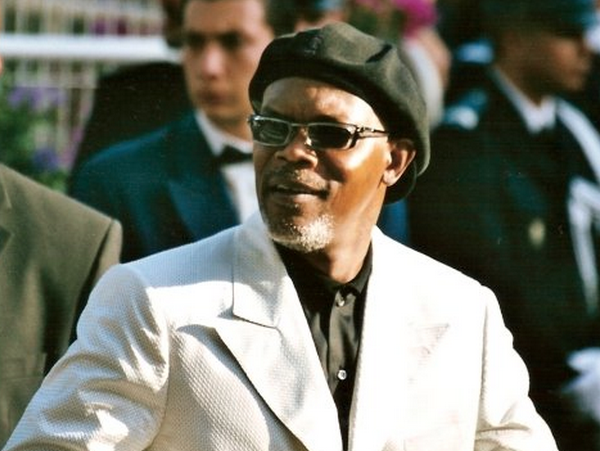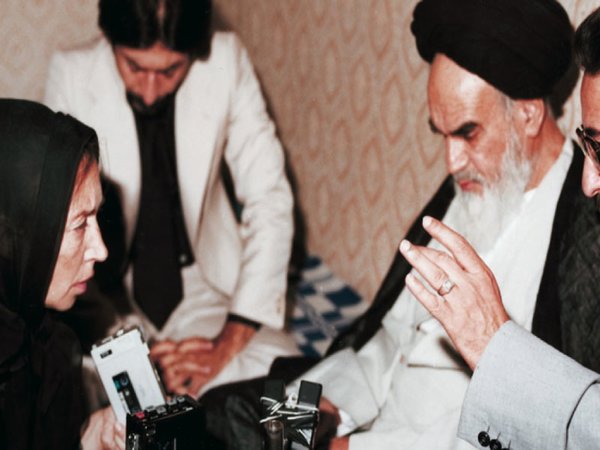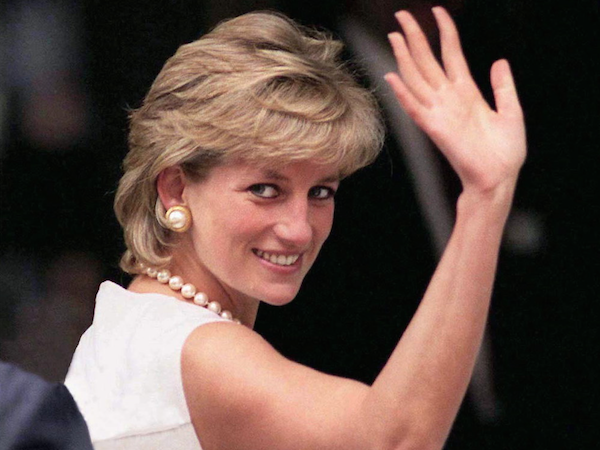The media are often criticised for sensationalizing a traumatic event in order to produce an interesting story, and journalists often don’t adhere to the basic guidelines for reporting on victims of trauma. In his article, John Raftery explains that this poses a huge ethical problem, as the possession of an exclusive story may come at the expense of an individual’s privacy during times of grief.
Trauma reporting is not usually a big focus for journalism students. Emerging reporters are often unaware of the best ways to interview victims, presenting a serious practical roadblock for them in the field. Jad Melki explains that for this reason, journalists must learn how to handle trauma to avoid ‘unwarranted damage and pain’ for the victims and ‘inadequate, insensitive’ coverage that tarnishes the reputation of journalism.
Kevin Kawamoto, author from the Dart Center For Journalism & Trauma, offers a broad range of guidelines for trauma reporting. Four of these key points will be discussed below, with the goal of directing journalists towards best practices when reporting on trauma victims.
The importance of honesty
Trust between the journalist and the victim is paramount. The NPR Ethics Handbook explains that when interviewing, the reporter must always identify themselves and the media organisation they are with. Journalism should be done ‘in plain sight’, and honesty must not be compromised.
This means that the interviewee should always be aware of the nature of the story. In a tip sheet from the Dart Center, Stefanie Friedhoff says the journalist should disclose their identity and explain that their interview will be reported on. Deception has no place in trauma reporting, where accusations of reporters taking advantage of victims are common.
Furthermore, there must be honesty in the writing itself. The MEAA Code of Ethics highlights honesty as the first point in achieving ethical journalism. Essential facts must be disclosed and journalists should not suppress relevant details in their stories. When looking back on the interview, it is important to ensure the interviewee’s story is being told truthfully. A good piece of trauma journalism will remain respectful to the victim, while providing a delicately candid insight into their story.
Sensitivity is key
In the abovementioned Dart Center guide, sensitivity is deemed an exceptionally important characteristic when reporting on trauma. Trauma victims, Kawamoto says, must be treated with high levels of sensitivity and dignity. Journalists who are able to write with sensitivity will often be able to portray the story in an informative and engaging way.
‘Covering trauma: suggestions for a more collaborative approach’ explains that the golden rule is to treat the interview as one would a family member or friend. Compassion should be shown and the journalist must acknowledge that the victim is suffering. Understanding the need to be sensitive to the pain of others requires the awareness of when to look for an interview, and when to leave an individual with their grief.
In ‘Fair game or fair go?’, Trina McLellan studies the 1996 Port Arthur Massacre. She notes that insensitivity was evident during the media coverage, and that the treatment of survivors and victim’s families was unsavoury. There was much deal making and jockeying for the most exclusive story, which was a serious intrusion on the grief of the interviewees and an unethical approach to reporting. This is a prime example of what not to do; ensure that the victim is given time to mourn. Do not intrude into a time of sorrow. Instead, be sensitive towards their pain and perhaps simply leave a card with them.
It is important to note that a journalist must never tell a victim they understand what a victim is feeling. Sue Carter and Bonnie Bucqueroux write that it is however, acceptable to say ‘I’m sorry for your loss’. The victim may appreciate this remark as it is considerate and kind, but to assert that you know the pain they’re feeling is inappropriate.
Avoiding melodrama and sensationalism
Where a traumatic event has occurred, the journalist has the job of producing a realistic account of what happened. It is not for the reporter to dramatise the event and skew the facts.
In ‘Sensationalism- a distasteful part of media’ Deepak Kumar Mohanty writes that journalists have no right to depict gruesome images of victims and events, nor do they have the right to feature commentary that is lurid and overtly shocking. As members of society, Mohanty explains, reporters have a responsibility to avoid melodramatics by following ethical and moral standards.
The desire to gain more public attention does not make it acceptable to use melodrama to sensationalise a painful event. Hayley Surguy asserts that just as the public consumes the news, the media is still a business, relying heavily on the consumers’ craving for shocking and interesting information. This, she says, means journalists use sensationalism as ‘a clever business strategy’ to exaggerate an event to create dramatic, seemingly biased coverage.
This kind of over-dramatization must be rejected at all costs. Susan Yell reflects on the coverage of major Victorian bushfires. She believes that contemporary journalism has seen a shift towards emotional sensationalism to heighten the public’s reaction to natural disasters. Calling this ‘disaster porn’, Yell notes that many are critical of this kind of exploitation and the reporter’s ability to direct the story away from the facts.
When interviewing trauma victims, journalists must not exploit their pain and turn the subsequent story into a sensationalised, melodramatic affair. Stick to the facts, and use any interviews to provide sensitive insight into the event, rather than as a dramatic emotional appeal.
Accuracy and fact checking
In an article from The Australian, David Salter claims ‘the search for truth and accuracy lies at the heart of journalism’. This sentiment must apply to trauma reporting, as the sensitive nature of the journalism requires total professional accuracy.
In their time of devastation, an interviewee may be confused about the event and certain facts. As such, it is reasonable for a journalist to check their facts thoroughly. Spelling of names and places, dates, facts and quotes must be correct. It is wise to edit one’s work meticulously to avoid possible inaccuracies.
After the 2004 Boxing Day tsunami, Alan Knight delivered a speech in which he claimed that reporters should take extra care ‘not to bring to light inaccuracies, misleading or distorted material’. High-pressure, emotionally intense situations are extremely difficult for an individual, and journalists should acknowledge this by striving to correct any misinformation.
Conclusion
After careful discussion of the above four points, journalists are left with a checklist for trauma reporting that ensures the victim is treated with respect:
– When obtaining an interview, is the journalist honest about their intentions and is the interview reflected truthfully in the story?
– Has the journalist been sensitive towards the grieving individual, and have they respected their need privacy?
– Does the piece avoid sensationalism of the victim’s story, and has the journalist avoided dramatics?
– Has the journalist checked their piece for incorrect facts and misspelled words?
Following these guidelines will help to ensure the journalist conducts a comfortable, respectable interview that allows for the production of a meaningful story.
Brianna Martin is a second year Bachelor of Journalism student at La Trobe University.









